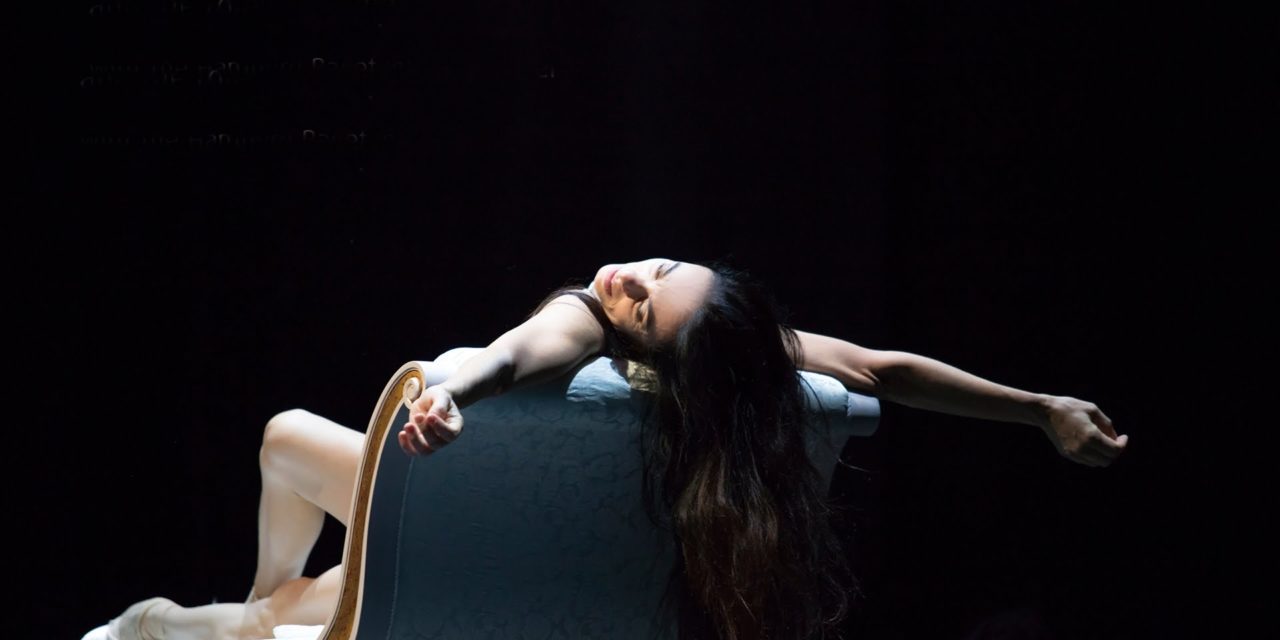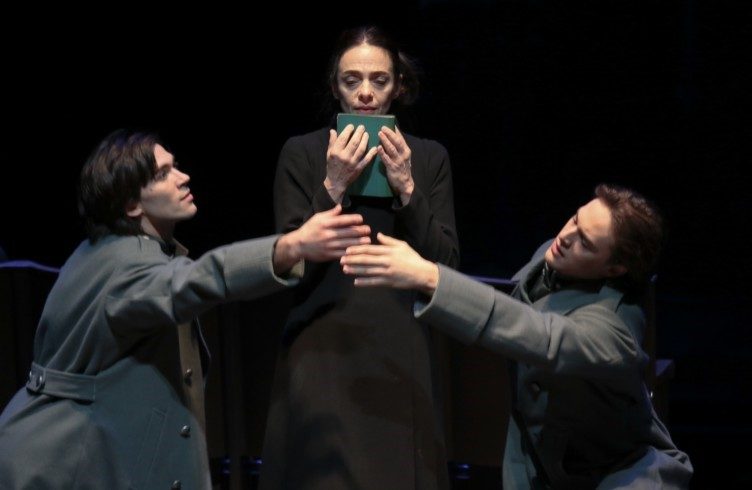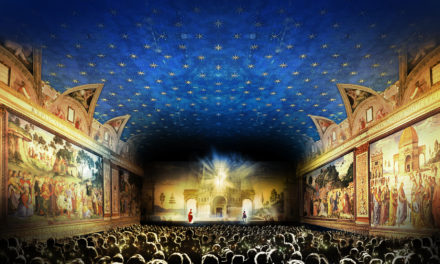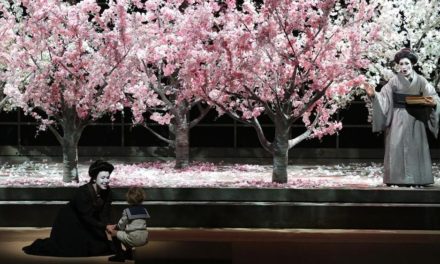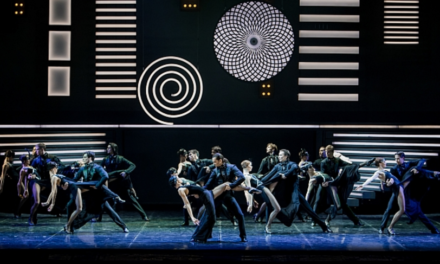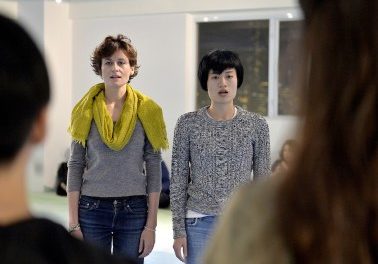Today, can the myth of a prima donna live in a prima ballerina? The choreographer and director John Neumeier created for the star Alessandra Ferri a dance performance based on the life of the great Italian actress Eleonora Duse: it is a very interesting artistic product, in which the emotional dimension is mainly expressed with the body. It debuted in Hamburg, Staatsoper, on 6 December 2015. Since the 2015/16 season, Duse has conquered audiences in many towns of Europe; the most recent performances were in April 2017—all in Hamburg.
Ferri’s performance begins with a screening of Cenere (Ashes), Duse’s only movie, made in 1916. At that time, Italy was living through the most terrible days of the First World War, and the actress feared for her country’s future. Duse tried to help many young soldiers at the front with charity because she admired their courage and their sacrifice and appreciated the risks they faced. Her friendship with one soldier, Luciano Nicastro, increased her feelings as a mother and provoked a deep vision of her past. The performance transitions between the vision of the movie and the past of the actress. Ferri’s performance expresses it, in all its phases. Through this production strategy, the audience discovers some emblematic episodes of Duse’s career, such as the staging of Shakespeare’s Romeo and Juliet in Verona, during her adolescence, and the rise of her rivalry with the French diva Sarah Bernhardt.
In the memory of Duse’s past, there is a special place for the two intellectuals with whom the actress had love affairs: Arrigo Boito and Gabriele d’Annunzio. But the consolation for her sorrows and her only real passion was the theatre: in the last years of her life, she was conscious that the theatre was her raison d’être and that her “mission” on Earth was to act. She died in Pittsburgh, in April 1924, while on tour in America: the scene of her solemn funeral closes the dance performance, suggesting that Duse’s life was consecrated to art.
Eleonora Duse tried to spend some years far from the stage: she retired at the beginning of 1909, and the shooting of the silent movie Cenere was her only artistic work before her triumphal return to the theatre, in 1921. Like Duse, Alessandra Ferri lived far from the stage for a time: in August 2007 she gave a farewell performance, after an international career working with Royal Ballet, American Ballet Theatre, La Scala Theatre Ballet and many others. But she returned in 2013, and the figure of Eleonora Duse was very important for her artistic meditation—especially for the beginning of this new phase of her career, and her enthusiasm for it.
Romeo and Juliet and Marguerite and Armand are among Ferri’s best performances: as a dancer, she has found success with some works from the repertoire of the actress Eleonora Duse. The prima donna and the prima ballerina have artistic experiences with some interesting common elements: in the New Millennium, in an original way, the value of Duse’s legacy is underlined by the star Ferri.
https://www.youtube.com/watch?v=V_A1VYRGjVs%20
This post was written by the author in their personal capacity.The opinions expressed in this article are the author’s own and do not reflect the view of The Theatre Times, their staff or collaborators.
This post was written by Maria Pia Pagani.
The views expressed here belong to the author and do not necessarily reflect our views and opinions.

